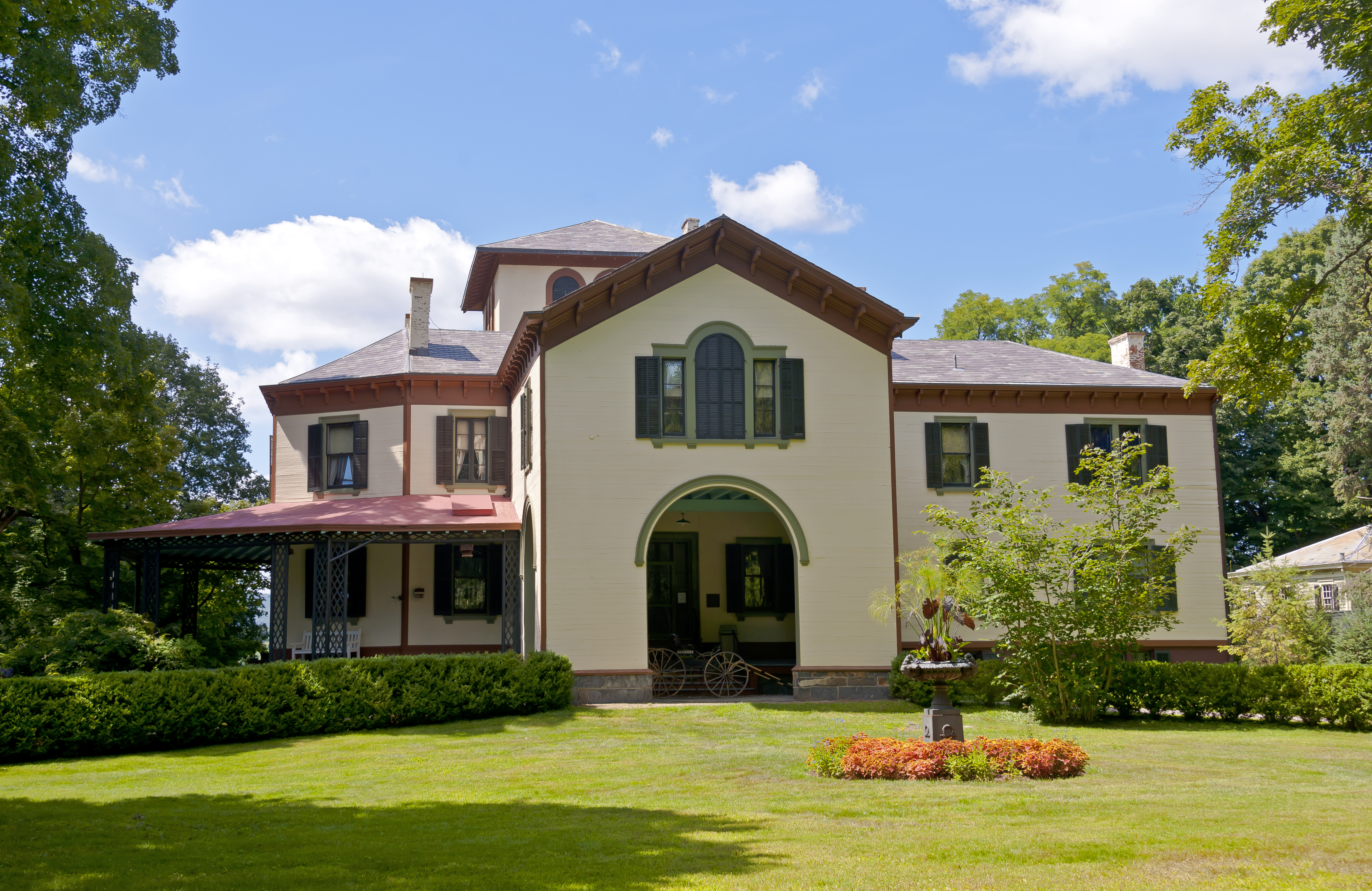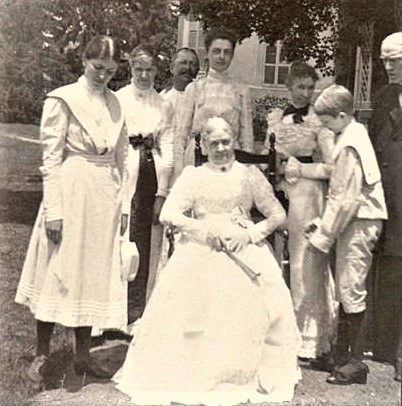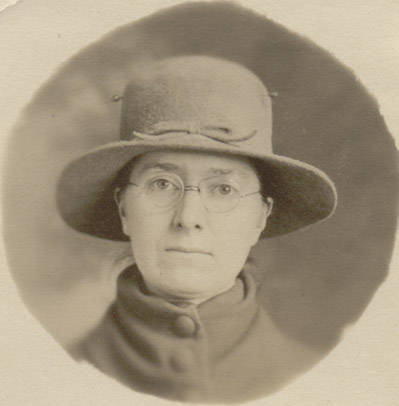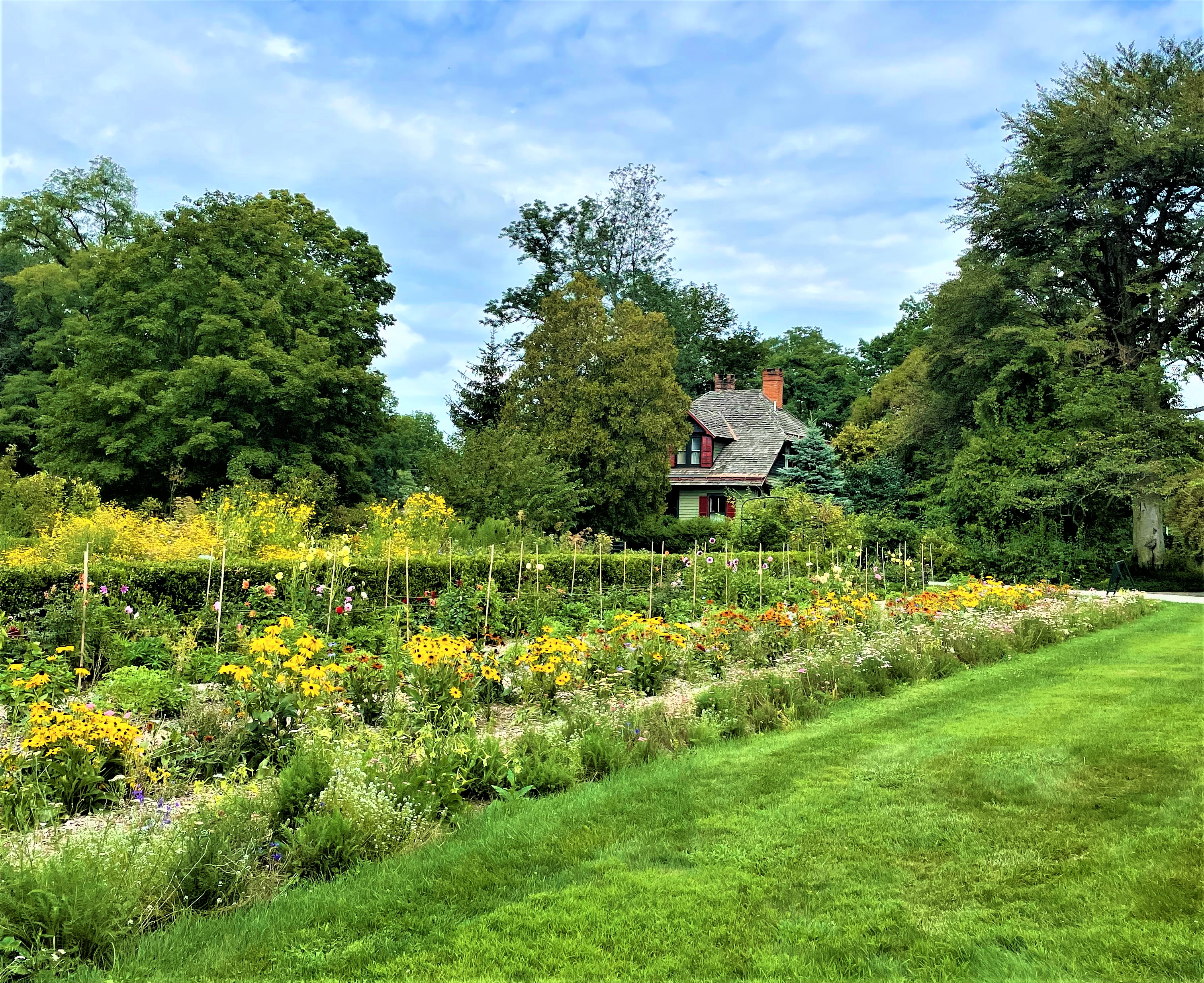Route 9: Exploring Locust Grove
News Based on facts, either observed and verified directly by the reporter, or reported and verified from knowledgeable sources.
Taking a step back in time at one of the Hudson Valley’s storied estates and gardens.

Despite running parallel to the Hudson River, Route 9 is not scenic. Not here it isn’t, on the stretch called South Road in the city of Poughkeepsie where this story begins. In the 1990s, before the internet could fit your entire social network into the palm of your hand, we teenaged children flocked to malls. These meccas of capitalism were extensions of our high school hallways, where we roved and loved and lost.
2001 hadn’t happened yet, so we hadn’t suffered those devastating Twin losses that morphed into a pair of foreign wars that would go on so long they spanned entire lifetimes and became wallpaper. It wasn’t 2004 yet, either, when cancer would play jet plane, knocking the towering presence of my dad from earth; our family’s skyline, like his city’s, altered forever. Yorktown’s Jefferson Valley was our home mall, but when that got old, there was the Poughkeepsie Galleria. My sister and I would pick up Route 9, where it rendezvoused with the Bear Mountain State Parkway, sneaking out Cortlandt Manor’s backdoor like Simon says you should leave your lover towards Peekskill. This is one of my favorite parts of Route 9, as it stretches its pitch black serpentine body that begins in Delaware and ends right before the land becomes Canada to spoon the rails of the Hudson River line. It chases its trains like a greyhound broken free of the track while rivertowns that once boomed and bustled when the nation was new nod out in the now, depressed but sedated up in the valley named for the river British colonists called Hudson, but the Iroquois knew as Ka’nón:no or Ca-ho-ha-ta-te-a, which means simply “the river” and the Mohicans around their fires called Muh-he-kun-ne-tuk, “river that flows two ways” or “water that is never still.”
Back to the future: In 2021 Poughkeepsie’s Route 9 moves similarly, flowing north towards Hyde Park and Rhinebeck and choked with traffic for ten miles south to Wappingers Falls and Fishkill. On The Strip, as I’ve privately called it with derision for years because it reminds me of a defanged Vegas for the unadventurous, with one lone subliminal neon sign that sears into the subconscious — BUY, CONSUME, BUY MORE — captive mobile audiences are treated to a spectacle of hastily-constructed condos, budget hotels, and strip mall after low-end strip mall. All of it is constructed with so much redundancy and so little imagination it can be difficult to get your bearings if, like me, you haven’t yet evolved to rely solely on an app for directions, looking to landmarks to figure out where you are. In the car, since no one but people having a bad day walk this road, as all the low-end retail goes by you’ll find yourself asking no one in particular, didn’t I just pass Bed Bath & Beyond, or was that HomeGoods, and how many means of conveying trans fat into the American maw can one boulevard of broken dreams contain?
Enter Poughkeepsie’s Annette Young, a literal Daughter of the American Revolution, who from the vantage point of her hilltop estate on Route 9 above and in clear view of the Hudson River, had eighty years to see the future coming and used this vision to preserve Locust Grove, a 200-acre secret garden that stands today in defiance as muted as the bark brown sign that bears its name indicating its importance as a national historic landmark. This is Annette’s dream fully realized and my neon blinking sign. It would lead to what would become for me (my grandmother Anne’s namesake, just as Annette was namesake to her maternal grandmother Ann Bevier Hasbrouck) a labyrinthine trip down a rabbit hole of local histories — some lost to memory, others to whitewashing — that I’m still trying to work my way out from as I write.
When Annette leaves this life in 1975 she is the last of a family who owned Locust Grove since 1895 and could trace their history in the Hudson Valley back to the previous century. Her parents — a wealthy lawyer from New York City named William Young and a poet named Martha Innis Young who passed on to her daughter Annette, a love of animals and legacy — moved their family to Locust Grove from their place on Main Street.

Ken Snodgrass, Locust Grove’s executive director, explains to me during a phone interview that the mansion and surrounding property would have been considered a real fixer-upper even if it did belong to local celebrity, Samuel Morse (inventor of the telegraph and yes, that code).
He assures me when I thank him for taking the time to speak with me that it’s no bother since it means that much longer before he has to make his daily trek across the estate’s five miles of hiking trails. Converted from carriage paths, they are challenging enough in pleasant weather, but a whole other beast in the deluge we’re currently experiencing due to a late summer tropical storm.
Snodgrass goes on to recount how it was Annette’s mother who instilled in her a lifelong sense of duty to be the docent of her own family. Annette is so successful in this role that she manages to get Locust Grove declared a National Historic landmark at a time when this was practically unheard of for privately owned homes. “We are still trying to figure out how she did it, it’s something of a mystery,” says Snodgrass.

I read the sign announcing this designation as I emerge from the visitor center onto the garden path and its satisfying crunch of gravel underfoot. If you are tuned to it, the past will rush to meet your senses. I could see Henry Livingston, Jr., the first resident owner of Locust Grove, a gentleman farmer and possible author of The Night Before Christmas, who named it for the grove of black locust trees that were here in 1771. But I could also feel the people who worked the land from the moment I set foot on it engage me in deep conversation. I follow the gravel paths set in verdant lush gardens of flowers and think how much it must have looked like Eden to them, too, as I come upon the enclosed kitchen garden, half-expecting to see one of their kerchiefed heads bowed over a row of squash or kale, black hands with green thumbs, in the August sun. These forgotten families would come to love this land too. But who were they, where did they end up, and were they enslaved?
Not likely during the Youngs era of ownership, since slavery had been phased out of life in the Hudson Valley by the time they moved here. Snodgrass confirms as much in a follow-up email, “Annette Young (our founder) and her family moved to Locust Grove in 1895, long after New York made it illegal to enslave people, and we haven’t found any evidence of enslaved people working on the estate before they came here,” he writes. “As more public records are digitized we’re hoping more information may become available about earlier owners.” He sends along a link proving Annette’s grandfather, George Innis, a popular three-term mayor of Poughkeepsie during the Civil War, “actually seems to have been one of the voices of abolition in Poughkeepsie — in 1851 he was one of several dozen contributors who purchased the freedom of Poughkeepsie resident John Bolding.”
Bolding was a tailor by trade and a mulatto. He escapes slavery in the south making his way by unknown means to Poughkeepsie and freedom. George Innis, as Snodgrass said, is among a number of names listed as donating to a fund to buy Bolding back after he was violently repossessed by US Marshalls on behalf of the southern man who claimed to own him. The plot is successful and Bolding comes back to Poughkeepsie a freeman. He lives at 129 Pine Street in Poughkeepsie until his death at the age of 52 and is buried in the Poughkeepsie Rural Cemetery. Maybe there was no there there after all, and the voices I sensed longing to be heard were just well-disguised versions of my own.

But this is an American story as complicated as the humans that lived it. While the Youngs could claim their ownership of Locust Grove was during a time when slavery was prohibited here, Annette’s mother, Martha Innis Young could make no such claim about her mother’s family estate, Locust Lawn. Martha’s lineage traced back to the French Huguenot settlers responsible for the establishment of New Paltz in the Revolutionary War era. The North, and this part of the Hudson Valley, in particular, was as much a slave state then as any in the deep South into the 1820s. Martha’s mother, Anne, was born on Locust Lawn in 1827. After reading this, I figure it might be worth it to see if Locust Lawn’s website might have any further clues. There, waiting as patiently as those leafy green trees at Locust Grove bearing silent witness through circles of time is a section titled simply, “Slavery at Locust Lawn” that blazes at me like a neon sign.
Visiting Locust Grove: The visitor center, gardens, and grounds are open from 10:00 a.m. to 5:00 p.m. daily. Guided tours of the mansion are available for a fee. Visit lgny.org for more information.
Ani Wilmot is a native of the Bronx and ex-pat of Westchester County. She gave up ambition for destiny because she could steal, but she could not rob. These days, she likes to work as little as possible, preferably in sight of a large body of water like the Hudson River. She covers hidden/lost histories of the Hudson Valley and American culture. Keep up with Ani’s adventures in reporting on the American wild here.

Examiner Media – Keeping you informed with professionally-reported local news, features, and sports coverage.
